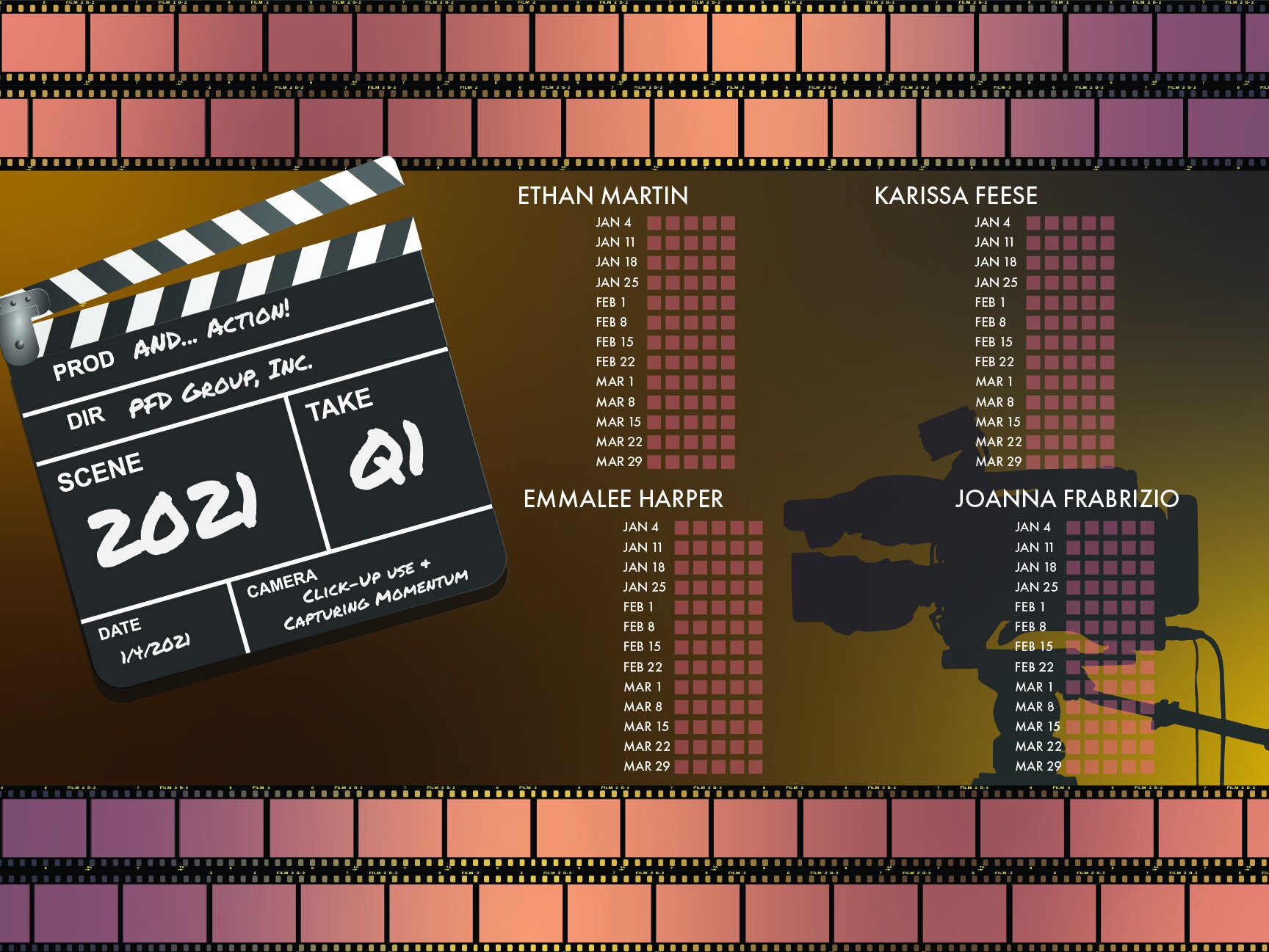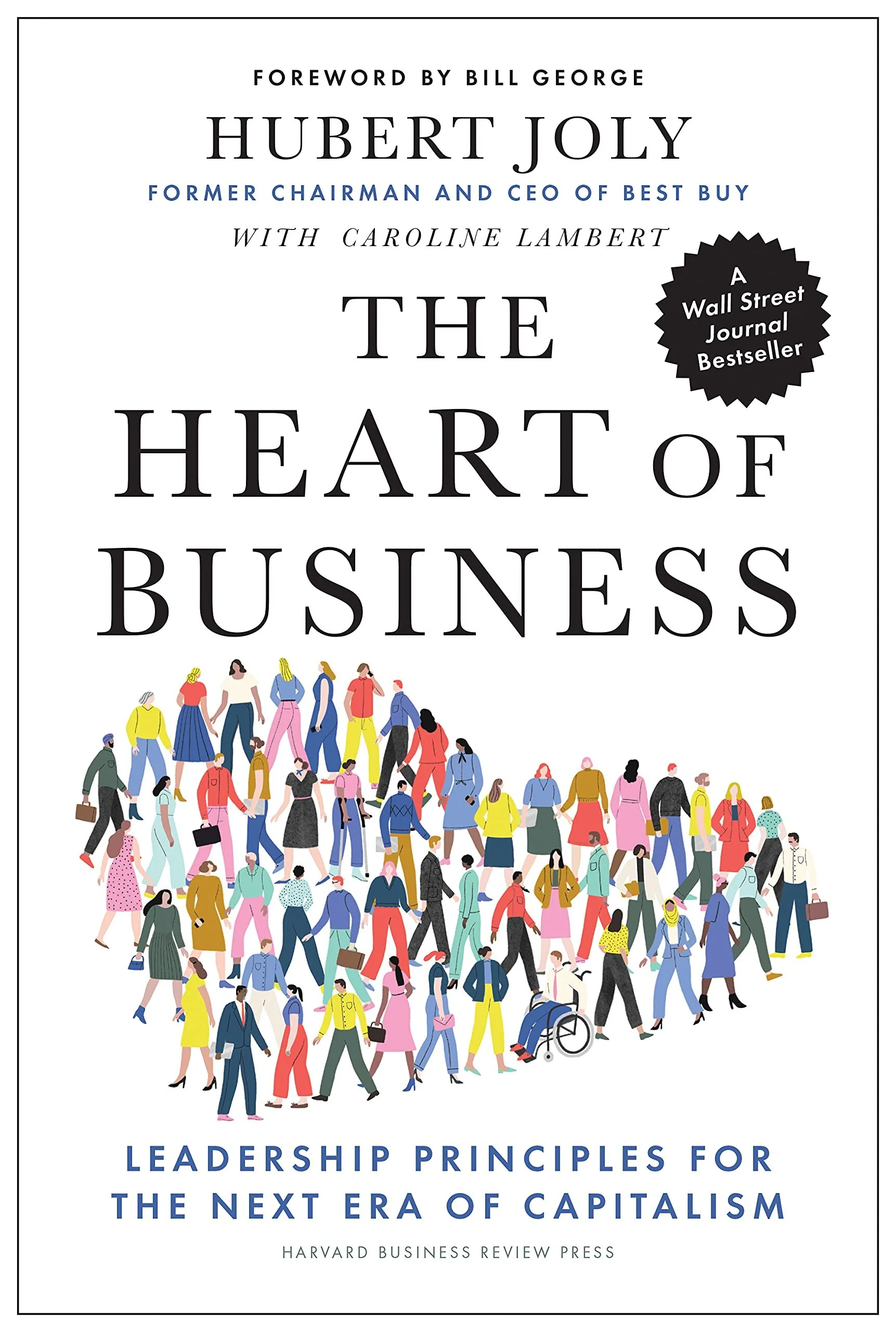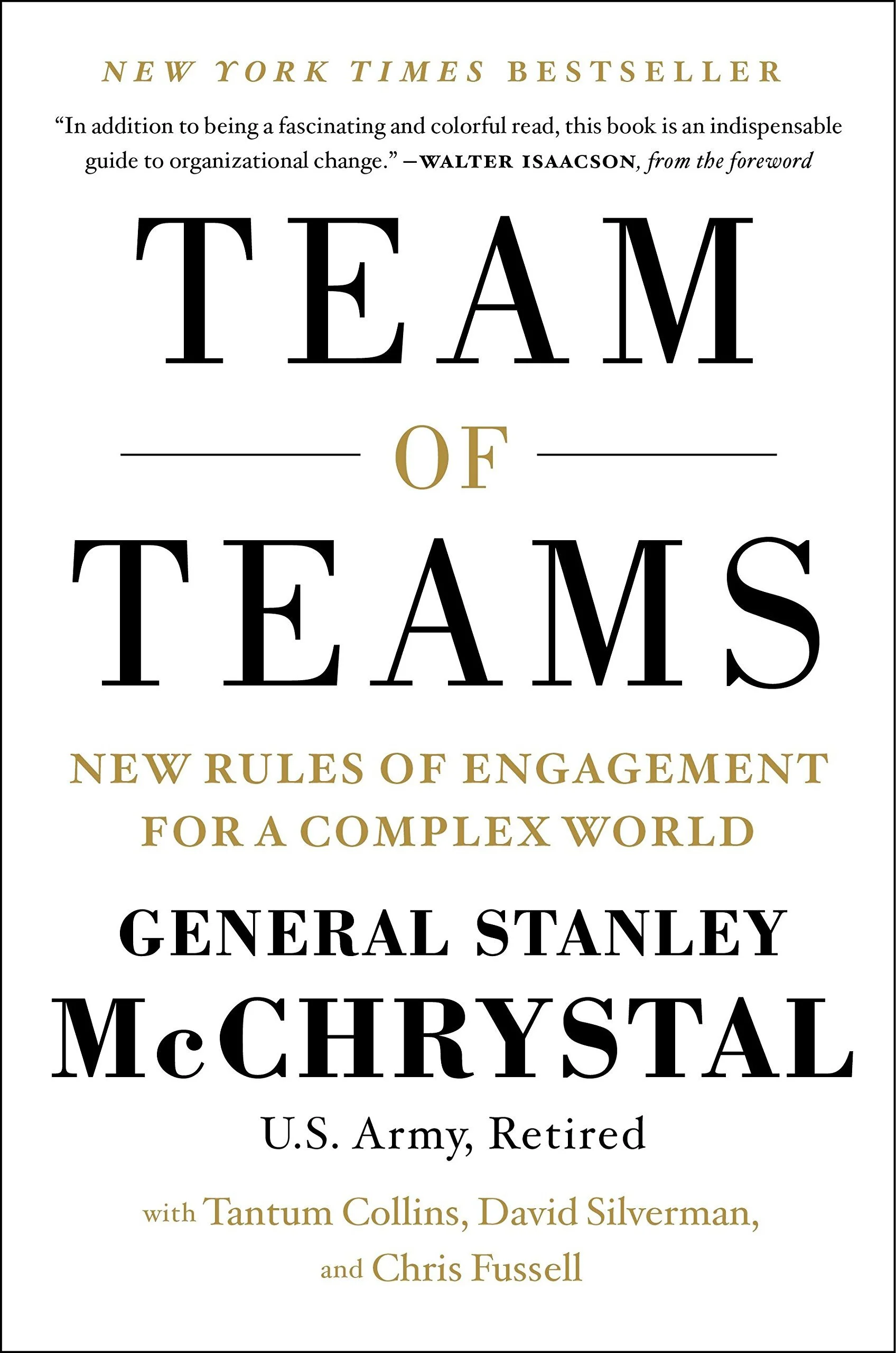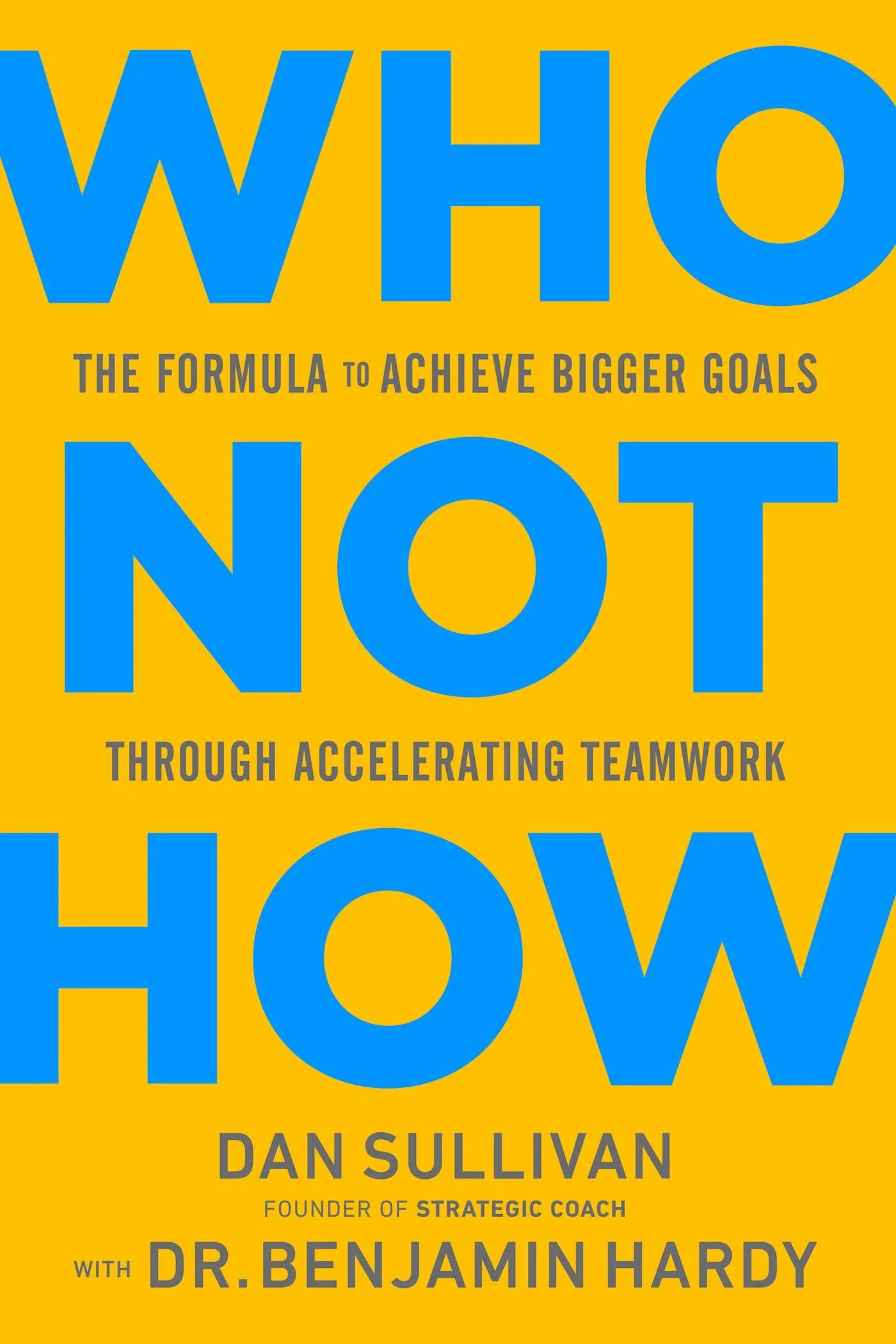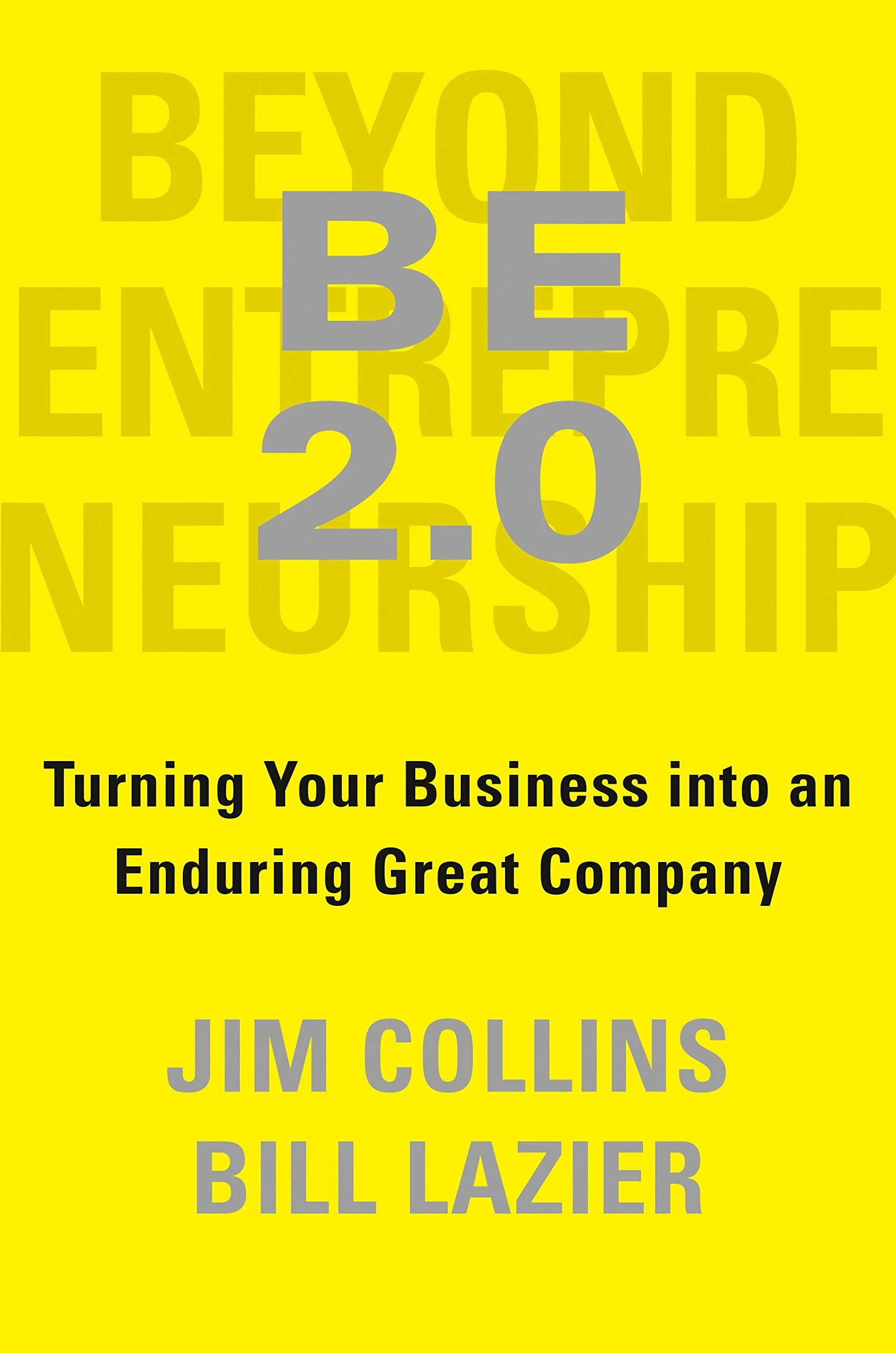It’s often easy to ignore your personal life when you begin laying out your quarterly and yearly business goals. It goes without saying that as a leader you are always thinking strategically about your business: you set up benchmarks for success, discuss your goals and plan for the future business that you’d like to grow. While business planning is second nature to many great leaders, personal life planning is often undervalued and ignored.
Personal life planning refers to taking the time to think holistically about your life and set up goals and priorities for each area of your life. Business can be one of those areas, but if you are doing personal life planning, it should not be the only area that you plan around. For example, a significant part of my life is family. When I plan for the future that I am working to build, they are an important aspect of that future. To ensure that I am properly building them into my planning, I have to take time to ask questions such as, “how much time do I want to be spending with my family on a day-to-day basis?” and “what resources do I want to be able to provide my children?”
By asking these questions, I ensure that the work I am doing will help me to build a thriving life and not just a thriving business. Too often, I’ve come across individuals who have built amazing businesses but who, in the process, ignored other aspects of their lives. Personal life planning is a way to ensure that you do not ignore those critical parts of your life.
“You can’t be considered successful in your business life if your home life is in shambles.”
One way to make personal life planning a practice is to create a personal vision for yourself. Above, you will see some images from our team member’s vision boards. If you would like to learn more about vision boarding, and the powerful role it can play in personal life planning, click here.
Another powerful exercise to envision a future that you want to create is to go through what we call the Legacy Vision tool. This tool captures all that you want to be and do on a ten-to-thirty year timeline, and it will ask you to transport yourself into that future and answer questions such as:
Who do you serve with your business? Who do you serve in other areas of your life?
What is your impact? How do you want to be remembered?
How long are you working? How much time do you spend with family and friends? What is your relationship with your family and friends like?
For a complete set of exercises and questions, feel free to download our Legacy Vision Tool. Once you answer the questions and reflect on your future, you will have the information you need to draft a vision for your future. This vision can be one that you create with prose, bullet points or even with diagrams. The point of the vision is to have open space to envision what a thriving life looks like for you.














